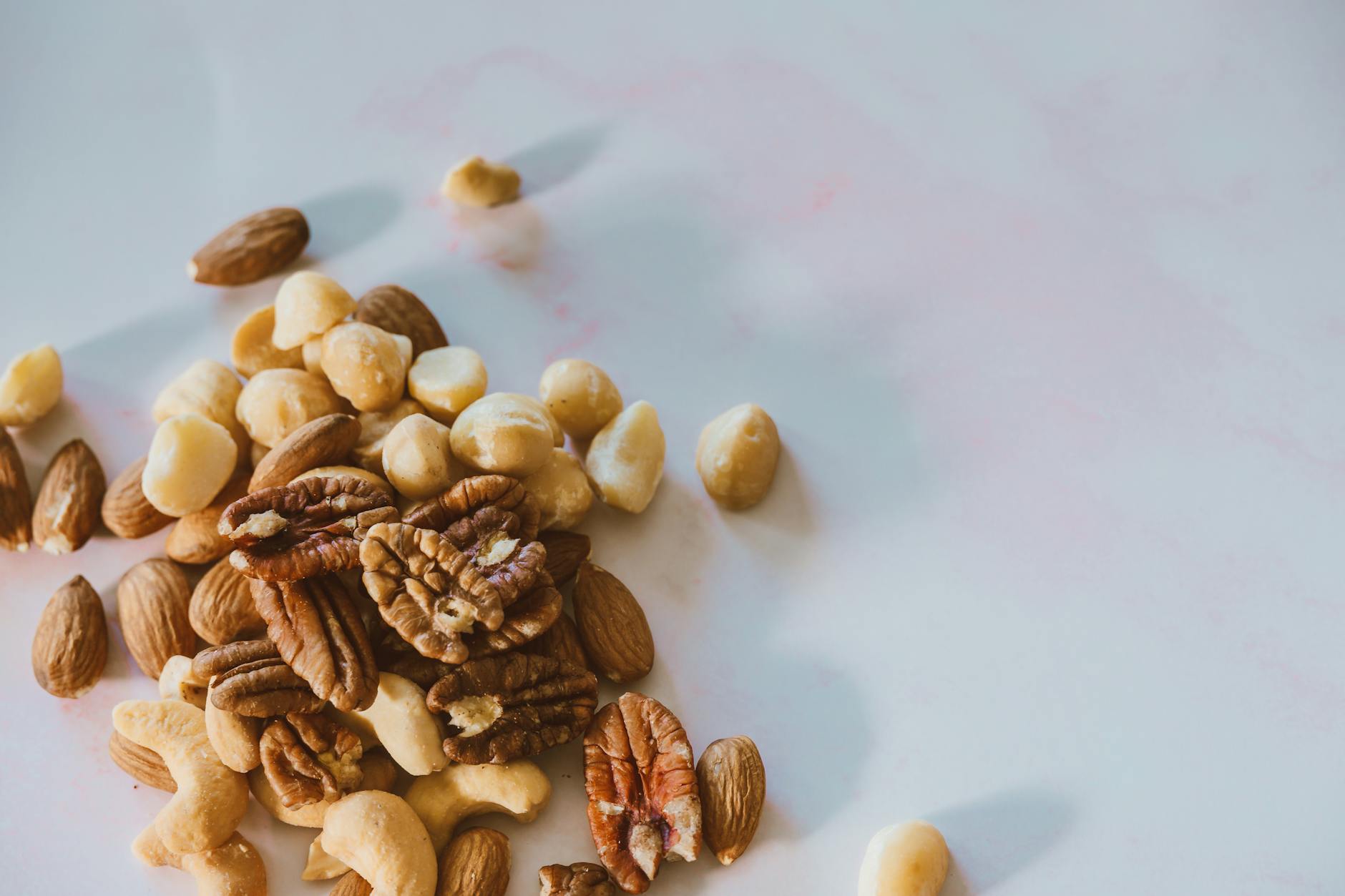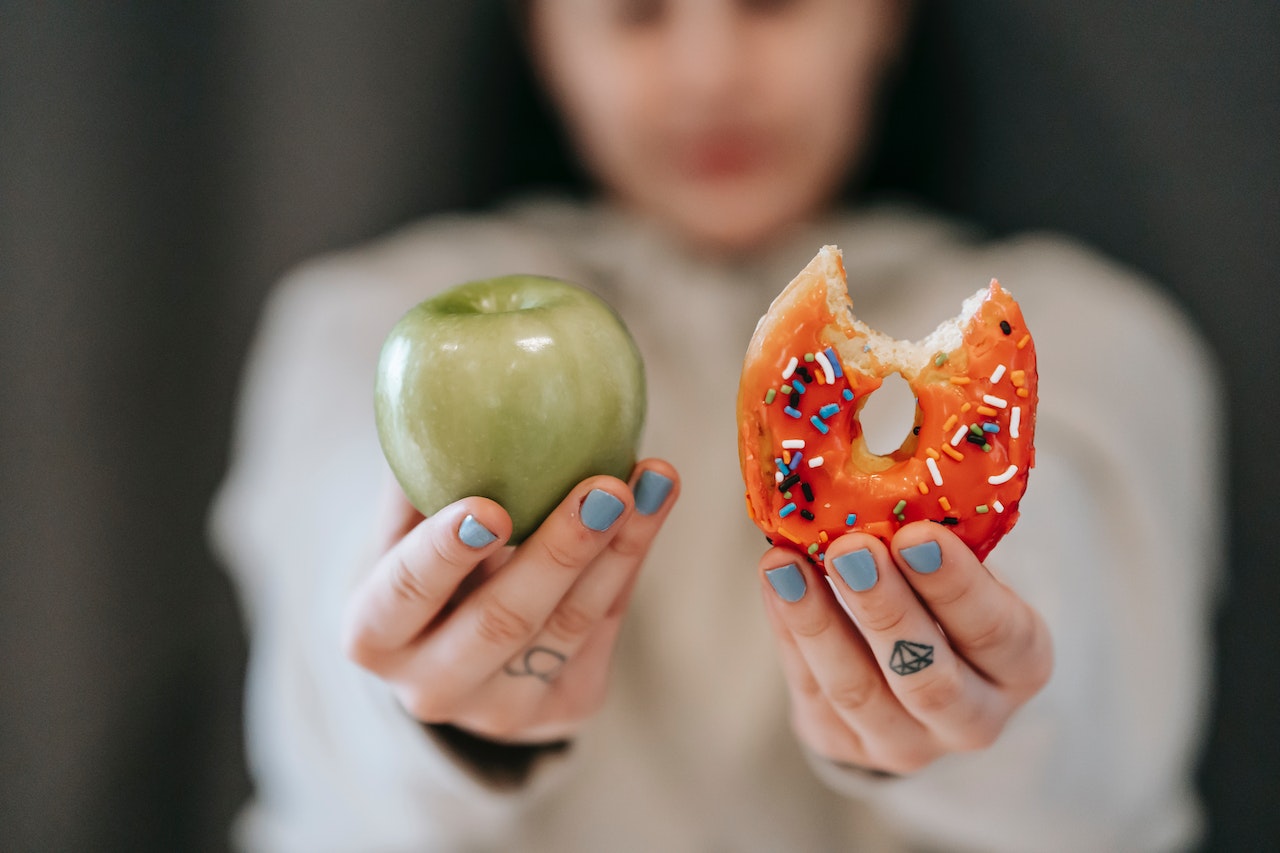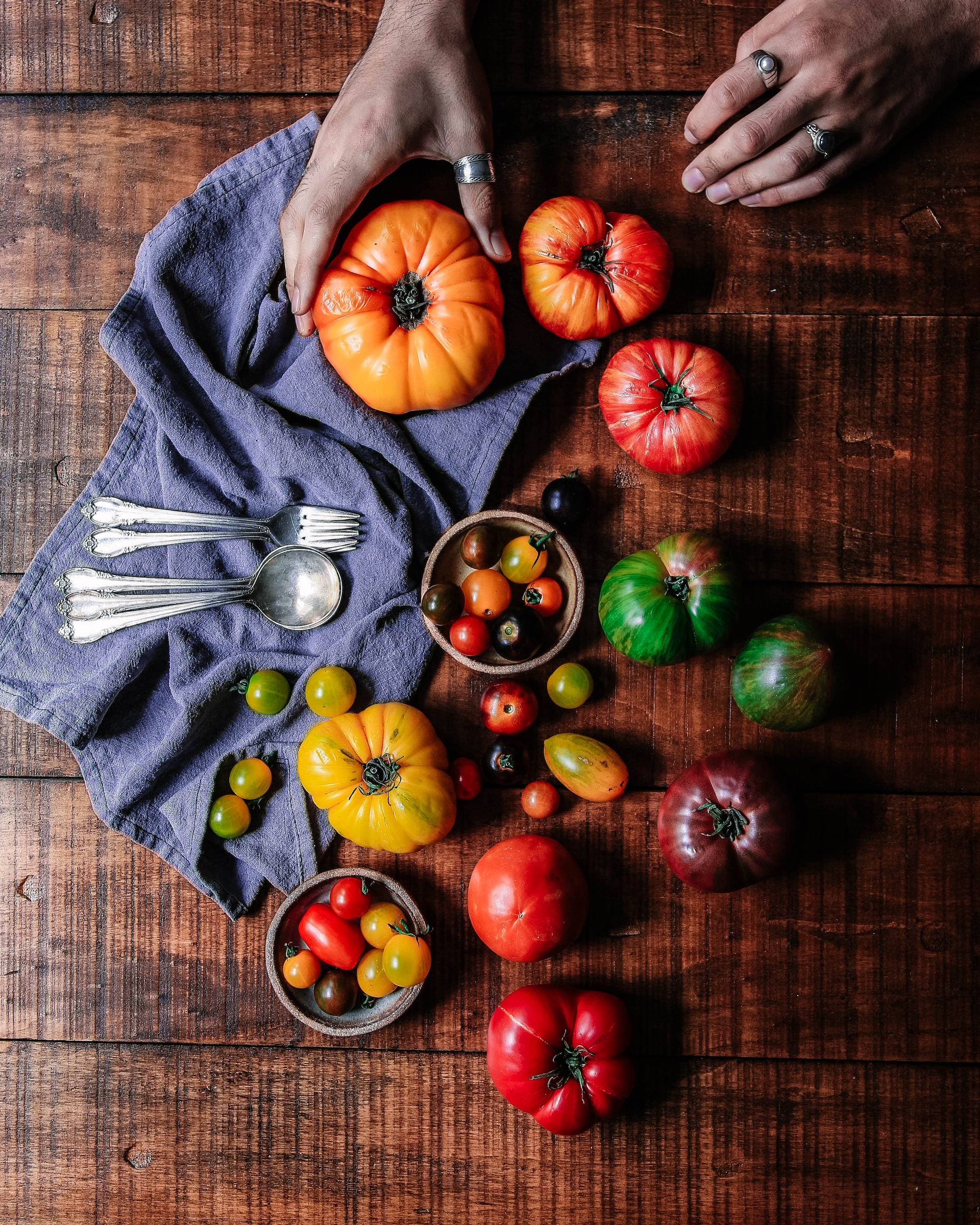Did you know that 10,000 different proteins are used to build YOU? They are the stuff of life and help create, maintain, and rejuvenate every inch of us, from our hair, skin and nails, to our muscles, and even our bones. This is why it’s important to be mindful of our protein quantity and quality!
Many of us often jump to meat as their main source of protein, but there are a variety of ways to get protein that may not be at the top of mind.
The healthiest sources of protein are those that aren’t loaded with saturated fats (as saturated fats are known to increase our risk for diabetes and cardiovascular disease). This is where nuts really shine, as they contain the highest amount of protein per ounce (in the realm of the unsaturated fatty foods). They are also conveniently portable, meaning we can enjoy a protein rich addition almost anywhere we go!
Can we eat too many nuts?
The Centers for Disease Control and Prevention reported that 60% of us don’t eat enough nuts. Studies have consistently demonstrated that regular consumption is associated with healthier hearts and weight loss, cancer prevention, and improved mental health.
Despite being high in calories, eating nuts daily is not associated with any weight gain. A handful a day actually helps maintain healthy weight as they are high in healthy unsaturated fats, fiber, and protein which helps keep us feeling full for longer. You can enjoy an ounce which is about 20 nuts which is where the health benefits start, and you can enjoy more than that as well. To prevent overeating try eating away from screens, and put nuts into a small bowl to start. If you’re still hungry go for seconds!
Research shows that we may not absorb about 30% of the calories in nuts because they are trapped in tough fibrous cell walls. This may make the case for eating them vs. spreading them if we’re looking for weight management support.
Roasted vs. Raw
Studies demonstrate that both dry roasted and raw nuts offer health benefits! The best is to have a variety of raw and dry roasted nuts. I love roasted pecans in the oven for 10 minutes at 350°F. This brings out a lovely aromatic sweetness in them which can be enjoyed as a snack, or as a salad/ soup crunch topper!
Unsalted has been shown to be healthier than salted.
Soaking nuts hasn’t demonstrated any significant benefits to date. The purported rationale for soaking is to reduce the phytate content, an “anti-nutrient”. However, phytates are antioxidants which support gut health, and in human clinical trials have been shown to have a net health benefit for anti-inflammation, protection from kidney stones, and osteoporosis.
When we eat foods, we can try to look for the biggest bang of nutrients per time & resources spent.
An example when thinking about protein sources:
- Red meat = protein + minerals (iron, zinc), vitamin B12 + inflammation + saturated fat (chronic disease risk)
- Fish = protein + anti-inflammation (through healthier omega 3 fats), Vitamin D (in the skin), minerals (zinc, iodine, magnesium, potassium) + heavy metal contamination
- Nuts = protein + vitamins (B3, 6, 7, E), minerals (magnesium, zinc, iron, calcium, copper, selenium, and potassium), melatonin (especially high in pistachios which support sleep)
Healthy Eating Sustainably = Real Foods + Diversity
If you’re one to stick with the same meals day in and day out, you may be missing out on nutrients found in other food sources to help you thrive. So diversify and keep food interesting, and most importantly delicious!
Reference:
Nut consumption among U.S. adults 2009-2010. Centers for Disease Control and Prevention. Retrieved from https://www.cdc.gov/nchs/data/databriefs/db176.pdf
Witkowska AM, Waśkiewicz A, Zujko ME, Szcześniewska D, Śmigielski W, Stepaniak U, Pająk A, Drygas W. The Consumption of Nuts is Associated with Better Dietary and Lifestyle Patterns in Polish Adults: Results of WOBASZ and WOBASZ II Surveys. Nutrients. 2019 Jun 22;11(6):1410. Retrieved from https://www.ncbi.nlm.nih.gov/pmc/articles/PMC6627533/
Petroski W, Minich DM. Is There Such a Thing as “Anti-Nutrients”? A Narrative Review of Perceived Problematic Plant Compounds. Nutrients. 2020 Sep 24;12(10):2929. Retrieved from https://www.ncbi.nlm.nih.gov/pmc/articles/PMC7600777/


